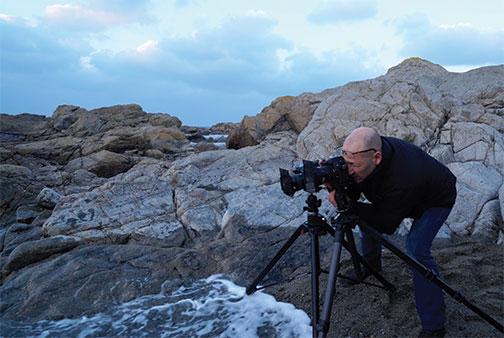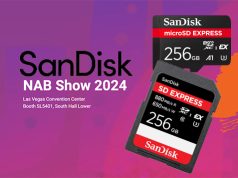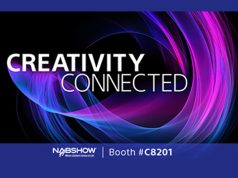
Union, NJ—Founded in 1941, Hasselblad cameras have been used to capture some of history’s most defining images, including the first landing on the moon. The company boasts a combination of technological innovation and Swedish craftsmanship. Moreover, Hasselblad made its mark as a leading manufacturer of digital medium-format cameras and lenses.
However, the company believes “with a flurry of technical jargon and constantly evolving technologies, the advantages of medium format can sometimes become lost. Especially when it is compared to 35mm format cameras.”

Medium format refers to the active image area, be it film or digital. It is anything larger than the 24x36mm dimensions of 35mm film (known as 35mm format) and smaller than the 4×5-inch or large format image area.
Large sensors mean a higher pixel count and a larger pixel size. With larger pixels, more light is recorded, enabling the sensor to provide better light-gathering power. This light-gathering power combines with the sensor’s very low noise level and Hasselblad’s image processing. They deliver “an immense dynamic range, producing the stunning, life-like image quality of Hasselblad medium-format files,” the company announced.
To illustrate a comparison, Hasselblad’s 50MP CMOS sensor delivers a pixel size of 5.3 microns. Moreover, the H6D-100c’s 100MP sensor delivers a pixel size of 4.6 microns. Compared with Hasselblad’s 50MP CMOS sensor, a similar resolution 35mm format camera would have a pixel size of around 4.14 microns. This gives the Hasselblad a 64% increase in light-gathering power, the company noted.
Medium-Format versus 35mm Comparative Videos
In a new set of comparative videos made by Hasselblad, photographer Karl Taylor shows the differences between 35mm format and medium format along with the advantages of the latter in an unbiased manner. With more than 20 years of experience and technical expertise, Taylor takes the viewer through comparison shooting with the Hasselblad H6D-100c and a leading 35mm format camera. 
Four different scenarios are used to put these two cameras and their sensors to the test. They included outdoor scenes with a sunset and a sunrise. They also included a classic studio environment where portraiture and depth of field are examined.
Giving a fair chance to each camera system, Taylor consistently found the Hasselblad medium-format image as the best in test. “The medium-format image has a lot more bite and a lot more contrast, a lot more richness. It comes down to that smoothness of transition of tonal range that is afforded by the larger sensor,” commented Taylor.





